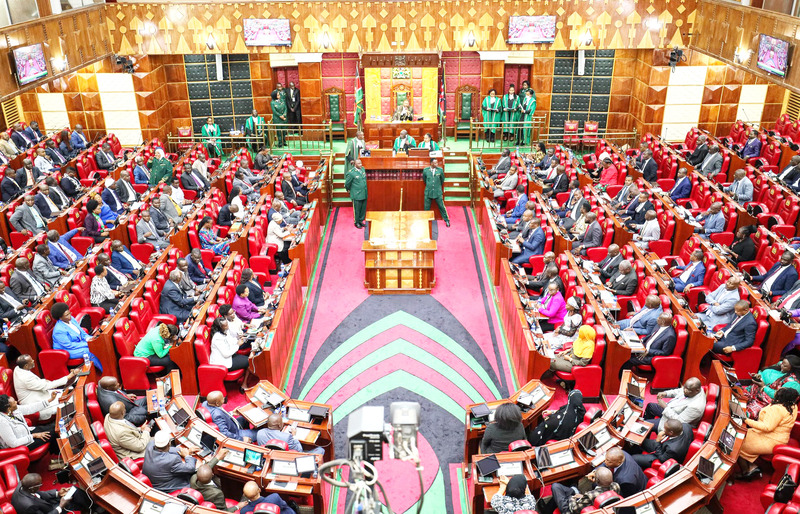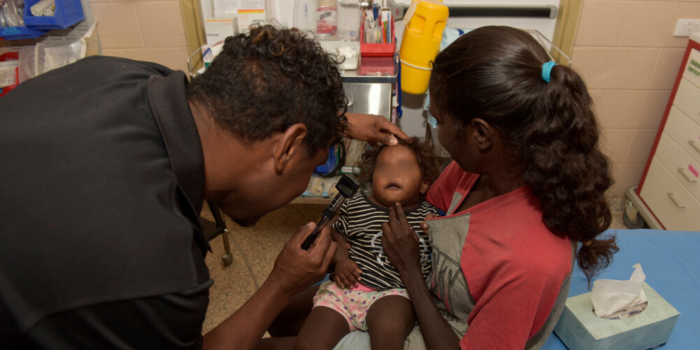Weak shilling takes a hit on Kenya’s GDP growth in Q1

By Alfred Onyango |
The Kenya shilling also depreciated against the South African Rand and the Tanzanian and Ugandan shillings.
The Kenyan shilling took a hit against the US dollar on the country's prospects for the gross domestic product (GDP) for the first three months this year.
According to the latest quarterly GDP report by the Kenya National Bureau of Statistics (KNBS), the economy expanded by 5.0 per cent, a decline from the 5.5 per cent growth in the corresponding quarter of 2023.
Keep reading
"During the first quarter of 2024, the Kenyan shilling depreciated against all major currencies compared to the corresponding quarter of 2023," the report reads. "On average, the Kenyan shilling ceded ground against the Pound Sterling, Euro, and US Dollar by 23.6 per cent, 19.8 per cent and 18.4 per cent, respectively."
It adds that the Kenya shilling depreciated against the South African Rand, the Tanzania shilling, and the Uganda shilling."
However, the 5.0 per cent growth was primarily buoyed by robust growths in agriculture, forestry, and fishing activities (6.1 per cent), real estate (6.6 per cent), financial and insurance (7.0 per cent), information and communication (7.8 per cent), and accommodation and food services (28.0 per cent).
Similar to the first quarter of 2023, agricultural production was vibrant in the corresponding quarter of 2024, owing to favourable weather conditions that supported crop and animal production.
The performance of transportation activities was comparably high relative to a similar quarter of 2023, partly attributable to thriving agricultural activities.
In the hospitality industry, accommodation and food service activities sustained the growth momentum that started in the 2022 recovery from the effects of the COVID-19 pandemic.
Similarly, the growth of financial and insurance activities accelerated from 5.9 per cent in the first quarter of 2023 to 7.0 per cent in the period under review.
Inflation averaged 6.29 per cent compared to 9.13 per cent in the corresponding quarter of 2023, mainly driven by lower prices of food and non-alcoholic beverages.
On the other hand, the cost of accessing loans increased. The Central Bank Rate (CBR) was revised upwards from 12.50 per cent in January 2024 to 13.00 per cent in February and March 2024, compared to 9.50 per cent in March 2023.
The current account balance, the difference between export earnings and import expenditures, widened from a deficit of Sh110.5 billion in the first quarter of 2023 to Sh131.2 billion in the period under review.
The KNBS said the period registered a mixed performance among the key macroeconomic indicators.



















